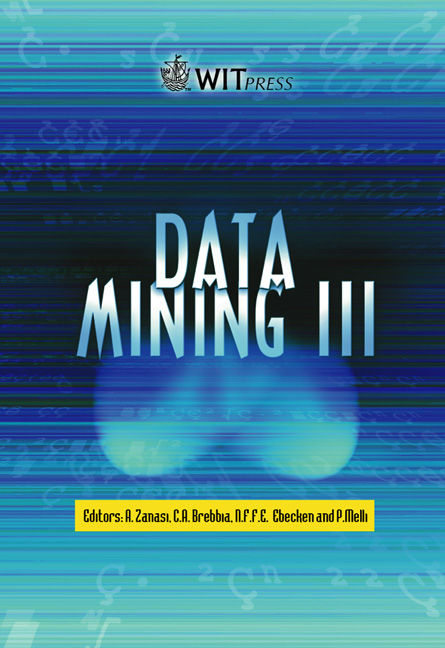Using Data Mining Techniques To Determine Variables Influencing Condom Usage Versus Non-usage In A Sample Of Sexually Active Adolescents In South Africa
Price
Free (open access)
Volume
28
Pages
Published
2002
Size
646 kb
Paper DOI
10.2495/DATA020771
Copyright
WIT Press
Author(s)
R J Blignaut & T Vergnani
Abstract
This study aims to identify the variables that influence condom usage among a random sample of grade 11 secondary school pupils in the Cape Town metropolitan area. In order to find the variables that most influenced condom usage on the last coital episode, data mining techniques were applied using the SAS Enterprise Miner program. Various decision tree algorithms were implemented and the results with various program option settings showed that a variable called ‘construct availability’ (namely either talking about condoms with a sexual partner or thinking about condoms) most consistently distinguished between condom users and non-users. Other variables shown to distinguish between condom users and non-users were intention to use condoms, self-efficacy, self-standards, condom availability, attitudes, AIDS worry, norms, race and gender. These variables need to inform both the marketing of condoms to young people as well as life-skills programmed in schools. 1 Introduction The major public health, problem facing South Africa in the next decade is to curb the rapid spread of HIV infection. According to a recent UNAIDS report [6], 19.9% of adults in South Africa are now infected with HIV, which is an increase from 12.9% two years ago. \“With a total of 4.2 million infected people, South Africa has the largest number of people living with HIV/AIDS in the world” (UNAIDS [6]). According to Whiteside and Sunter [7], adult prevalence
Keywords





